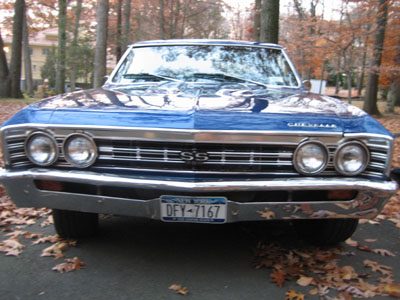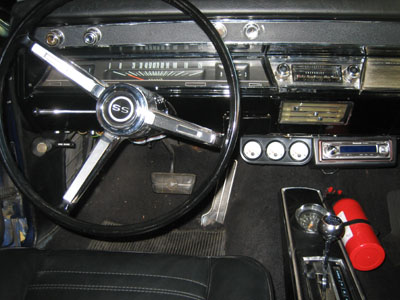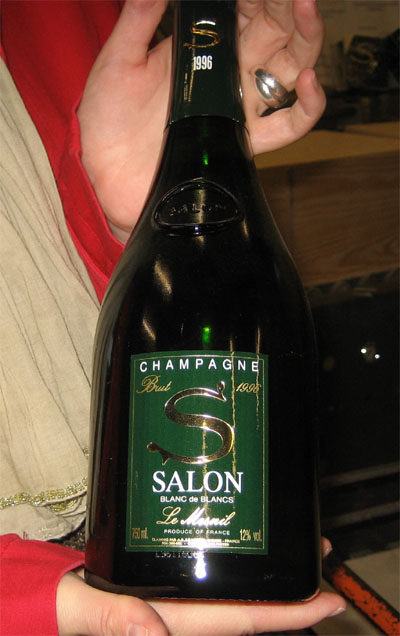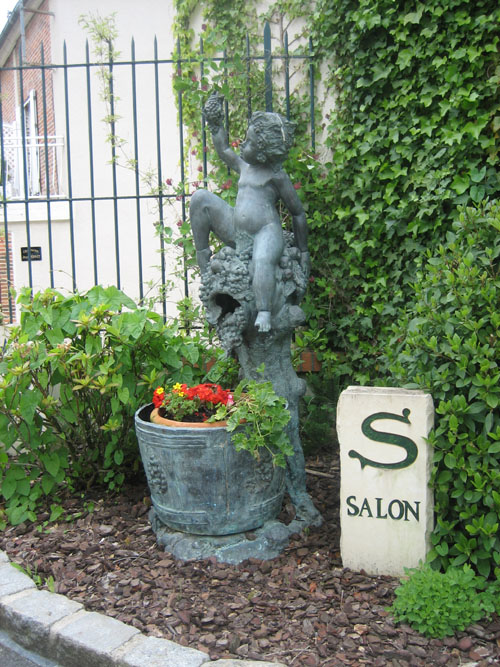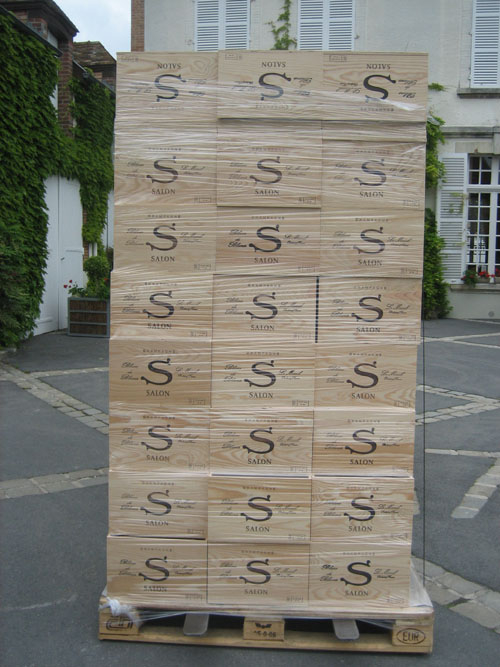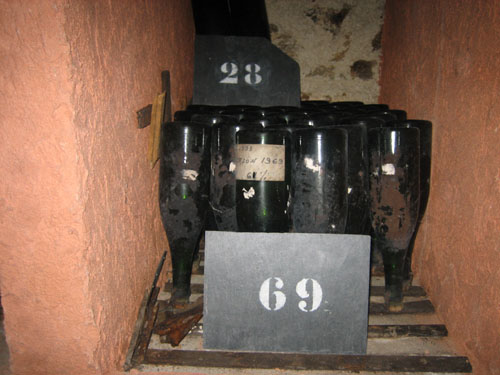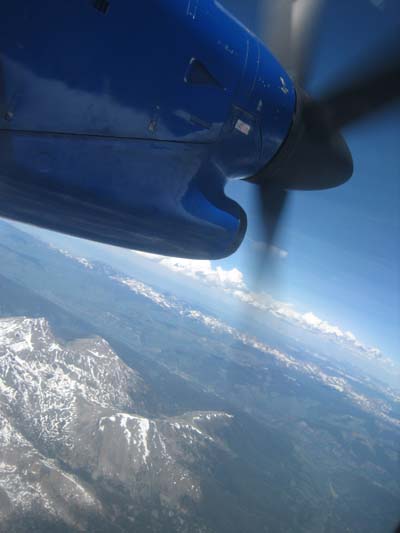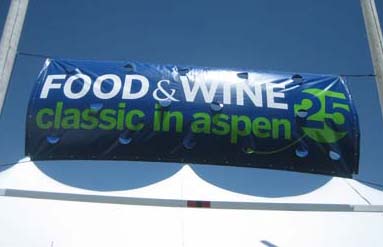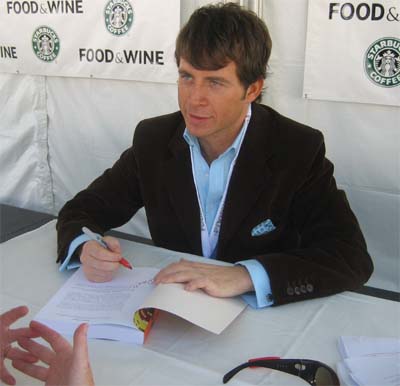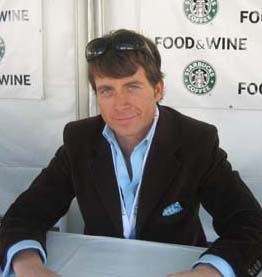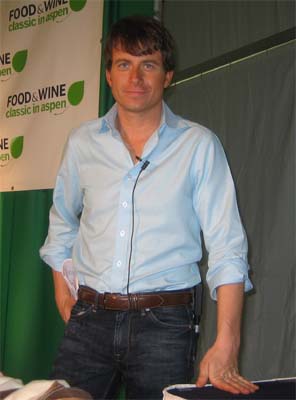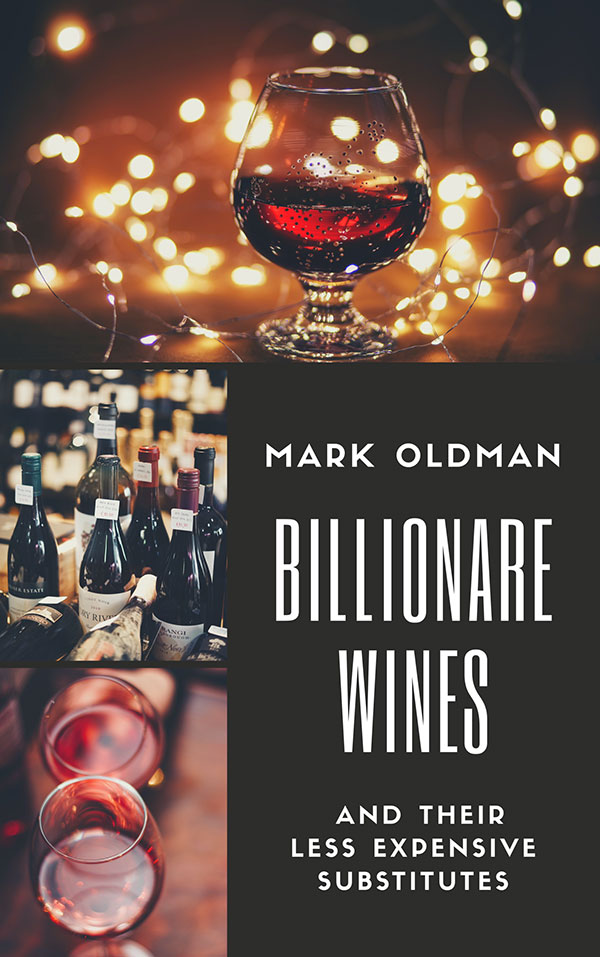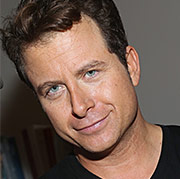Chinon and the Chevelle: French Wine, American Thunder: Pairing Loire wine with the wheels of Dirty Harry.
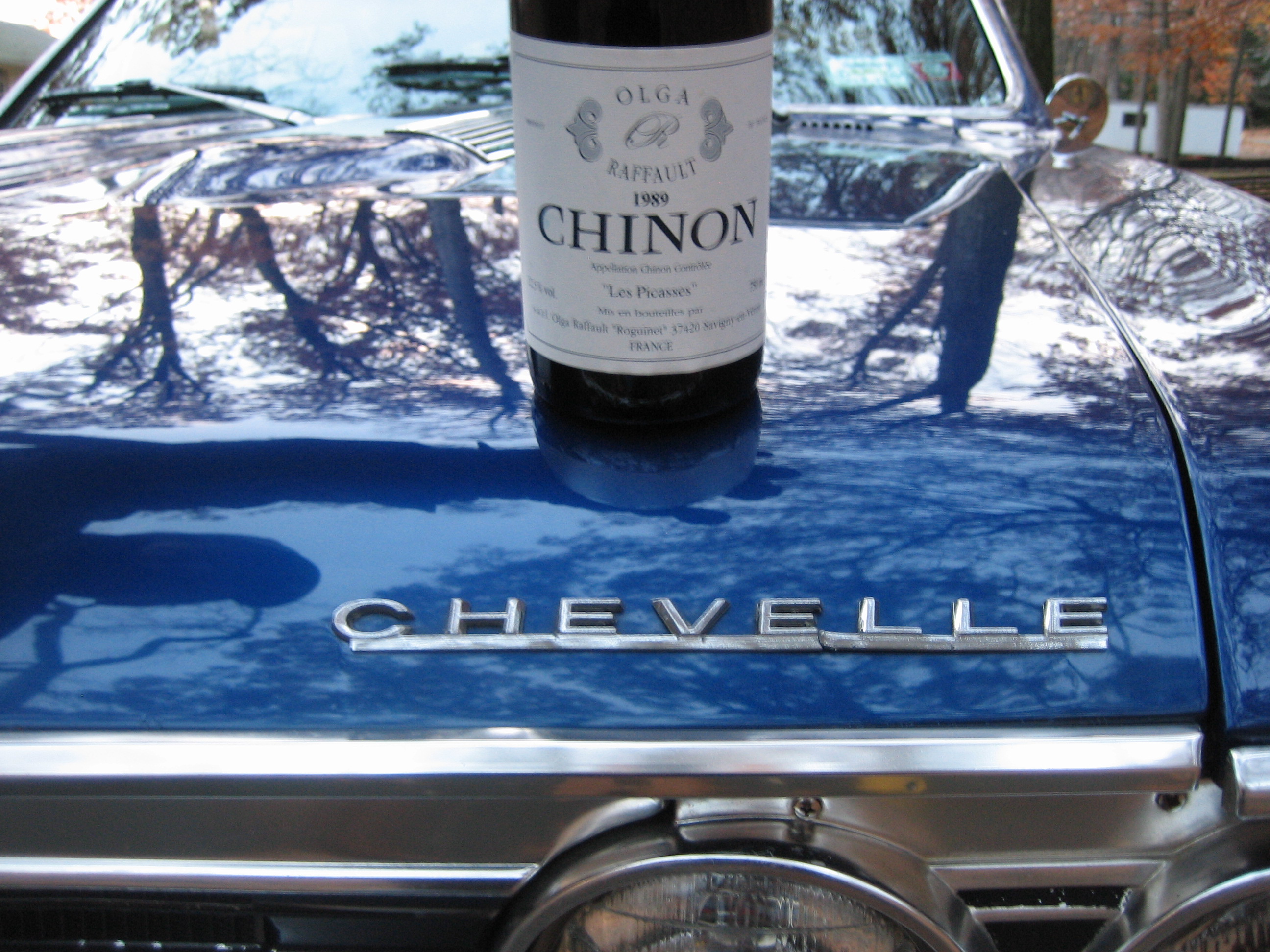
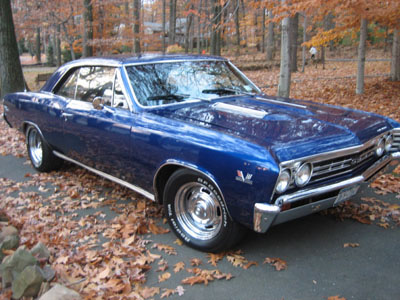
After teaching Chinon as part of my “Looks Like Red, Acts Like White” seminars at the Aspen Food & Wine Classic in June, this Loire Valley red has become a new passion for me. Its medium weight and zesty berry taste makes it blissfully versatile with food, a fine bedfellow for both lighter and richer dishes. Comprised of the Cabernet Franc grape, Chinon’s subtle “green” flavor – often manifesting itself as green olives, green pepper, or even pine needles — gives it a uniquely punchy personality that can be invigorating during interminable, sleep-inducing dinners.
It is no surprise, then, that I resolved to take Chinon to my relatives’ home for the mother of marathon meals, Thanksgiving.
Cue needle screech.
French wine on the most American of holidays?! Homeland Security could cart me away for such an unpatriotic transgression.
So to balance things out, I was left with no choice but to borrow a ’67 Chevy Chevelle SS muscle car from the good folks at the Classic Car Club of Manhattan. At least my ride would be unambiguously American.
On Thanksgiving Day, I loaded my wine bag with Chinon and the other treats listed below – and jumped into this brilliant blue thunder-chariot. There’s no better way to feel like a Duke of Hazzard than to ride the rumble of 350 horses, emanating from an overpowered 396 “Big Block” V8 engine, a symbol of the halcyon, if smoggier, time before oil crises and politically correct Prisuses. Like a growling volcano, this beautiful barbarian felt like it could blow at any time, which must be why it came equipped with a fire extinguisher near the gear stick. We set off more than a few car alarms roaring out of the city.
My family was pleased with both my transportation and the wine, even if the former made the latter arrive a bit shaken and stirred. It was the kind of cross-cultural match that France’s new president, Nicolas Sarkozy, would surely admire: French wine, American thunder.
Pronounciations:
Chinon: She-non
Chevelle: She-vell
The Chinons:
Domaine du Colombier Chinon Cuvee Vielles Vignes 2004(France, $17)
A medium-weight charmer that shows essences of dried currants and spice, with a hint of martini olives on the palate.
Philippe Alliet Chinon Vieilles Vignes 2003 (France, $30)
A smooth, light-to-medium bodied sip with aromas of black cherries, tobacco leaves, and freshly-tilled soil.
Olga Raffault Chinon Les Picasses 1989 (France, $44)
The rare older Chinon in stores now, it offers a pretty perfume of cranberries and plums, joined by notes of cedar on a smooth, enduring finish.
Also in tow:
Villa Sparina Monferrato White Montej 2004 (Italy, $13)
From Italy’s Piedmont region, this fascinating blend of Chardonnay, Muller-Thurgau, and Sauvignon Blanc displays considerable complexity for the price, with a swirl of grapefruit, pineapple, and almonds that stays refreshing to the end.
Domaine Jean Chauvenet Nuits St.-Georges “Les Vaucrains” 1er Cru 2002 (France, $70)
A show-stoppingly gorgeous red Burgundy—smooth and silky, showing blackberries, coffee, game meats, and a vapor trail of violets.
EOS Estate Vineyards Petite Sirah 2004 (California, $18)
A complex mix of wild berry and cassis greets the nose, with hints of mocha and sweet spice, which becomes a rich (but not heavy), spicy, highly-likable sip on the palette. A good example of a less familiar varietal (Petite Sirah) prospering in a rising-star region (Paso Robles).
